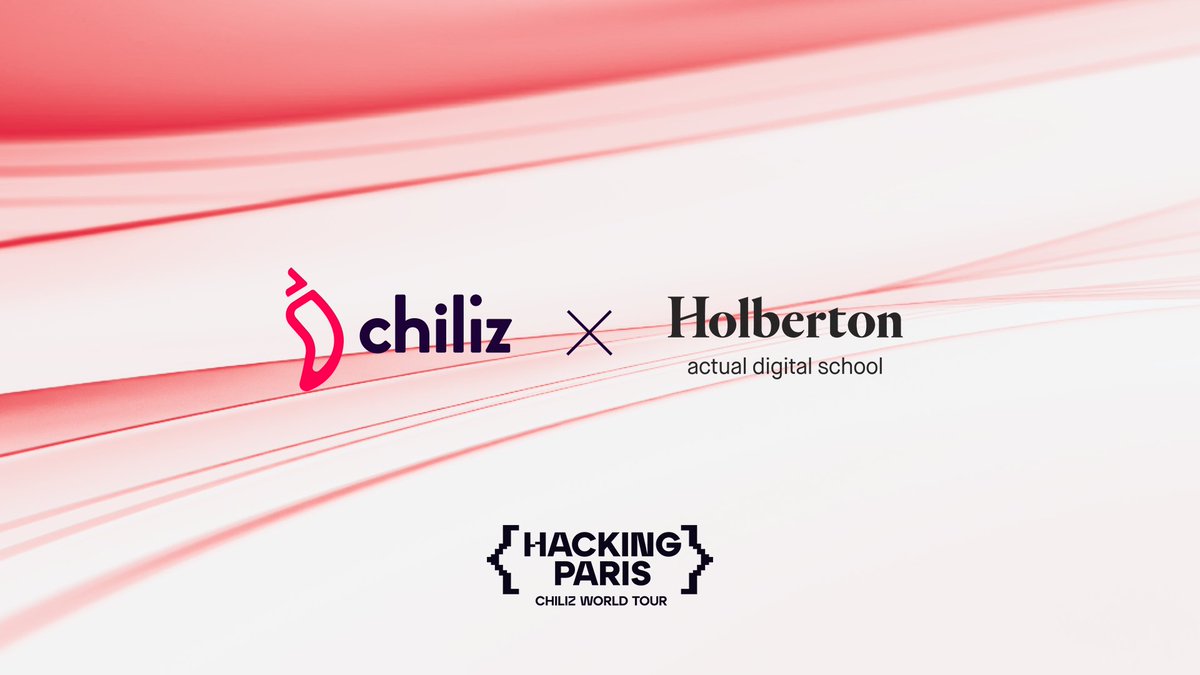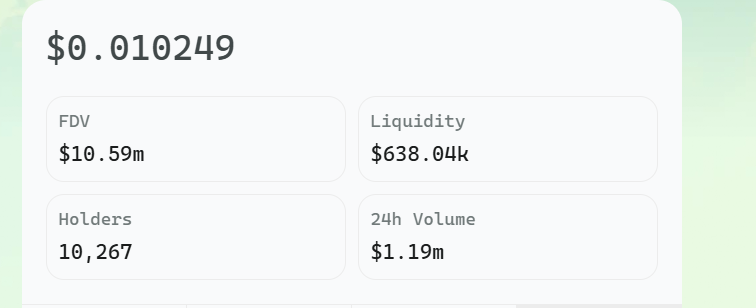Nel corso del tempo, i fedeli sostenitori hanno trovato vari modi per esprimere il loro supporto costante per le loro squadre preferite. In passato, i tifosi dello sport hanno mostrato la loro dedizione principalmente attraverso acquisti di prodotti e partecipazione ai giochi. Tuttavia, iEmersione di fan tokenha introdotto un nuovo modo per i tifosi di interagire con le loro squadre.
Chiliz (CHZ) ha rivoluzionato l'esperienza per l'intrattenimento e gli appassionati di sport offrendo token fan brandizzati. Con questi token, i fan non solo possono acquistare e fare trading, ma anche partecipare attivamente alle votazioni, ai sondaggi e ai sondaggi, coinvolgendo ulteriormente se stessi nei processi decisionali delle loro affettuose squadre.
Cos'è Chiliz?
Chiliz è una piattaforma fintech che sfrutta la tecnologia blockchain per fornire servizi per l'intrattenimento e lo sport. Il suo token nativo, CHZ, è costruito suEthereumblockchain. I fan possono acquistare fan token e diventare membri attivi della community sportiva.
Possedendo questi token, i fan possono interagire più profondamente con le loro squadre sportive preferite, partecipando agovernancee processi decisionali. Ciò promuove un senso di appartenenza e una community tra i tifosi senza la necessità di investimenti finanziari significativi. Nello specifico, club di calcio di spicco come FC Barcelona, Paris Saint-Germain e Juventus hanno emesso i propri fan token sulla piattaforma Chiliz.
Il team Chiliz
Chiliz, fondato nel 2018, è guidato dal suo CEO, Alexandre Dreyfus, imprenditore esperto del settore dell'intrattenimento e dei viaggi. Il team comprende diversi membri chiave, tra cui Emma Diskins, Thibaut Pelletier, Mark Verdegaal, Camilleri, James Newman, Daniel Maglietta, Max Rabinovitch, Fiobian Manicolo, Dorianne Spiteri, Karimıni e Julian La Picque.
Le competenze e le connessioni di settore di Dreyfus hanno collaborazioni facilitate con figure di spicco nel mondo dello sport e dell'intrattenimento. Una di queste collaborazioni è con l'amministratore delegato e co-fondatore del Team Vitality, un'importante organizzazione eSport. Inoltre, il team ha collaborato con Sam Li, ex vicepresidente della NBA, rafforzando ulteriormente la rete di Chiliz e le relazioni di settore.
Come funziona Chiliz?
Chiliz è progettato per soddisfare le esigenze specifiche dei settori dello sport e dell'intrattenimento, in particolare degli holder dei diritti di proprietà intellettuale (IP) che sono interessati ad esplorare la tecnologia blockchain. La piattaforma consente ai fan di impegnarsi attivamente e partecipare alla governance dei loro brand preferiti.
Acquistando fan token, i fan possono dire la loro su vari fronti, come determinare la formazione iniziale, la progettazione di magliette o il colore del team. Questa funzionalità unica incentiva i fan ad acquisire altri fan token e contribuire attivamente al processo decisionale, migliorandone il coinvolgimento e la proprietà nel brand.
Ledger CHZ
In passato, CHZ ha operato sulla blockchain di Ethereum per registrare e archiviare in modo sicuro le informazioni sulle transazioni. Tuttavia, Chiliz ha sviluppato la propria blockchain indipendente di livello 1, che alimenta l'app Socios.com. Questa blockchain indipendente garantisce che i fan token e i token CHZ all'interno dell'ecosistema Chiliz siano archiviati, facilmente tracciati e confermati in modo sicuro.
CHZ Proof of Stake Authority
CHZ utilizza il protocollo di consenso Proof of Stake Authority (PoSA), che migliora l'efficienza e la scalabilità e garantisce una rete altamente reattiva. Questo algoritmo facilita la generazione e l'autenticazione di fan token all'interno dell'ecosistema CHZ.
casi d'uso CHZ
CHZ presenta diversi casi d'uso all'interno dell'ecosistema Chiliz. Funge da valuta esclusiva per l'acquisto di fan token, che forniscono ai tifosi diritti di voto e accesso a servizi, ricompense e strutture esclusivi offerti dai loro brand preferiti.
CHZ consente ai fan di acquistare token associati alle loro organizzazioni supportate e accedere a vari contenuti, favorendo una relazione trasparente tra i fan e le loro squadre preferite. Inoltre, CHZ può essere messo in stake su più piattaforme, comeOKX Earn, offrendo ulteriori opportunità per guadagnare ricompense.
Tokenomics di CHZ
Il token CHZ ha un'offerta totale di 8.888.888.888 token. Questo numero univoco è stato scelto intenzionalmente e una volta raggiunta l'offerta massima, non verranno emessi altri token CHZ.
Distribuzione di CHZ
La distribuzione di CHZ è strutturata come segue:
- Alle vendite e pre-vendite di token è stato allocato il 34,5%.
- Il 20% è riservato per le riserve di base utente.
- Il 15% è destinato alle operazioni di marketing.
- Un altro 15% è destinato ad acquisti strategici.
- Il 3% è messo da parte per i consulenti Chiliz.
- Il 5% è dedicato al team di Chiliz.
- Il 7,5 per cento dei token è destinato agli investitori seed.
Cosa detiene il futuro per Chiliz
Nonostante la volatilità del mercato delle criptovalute, Chiliz continua ad attirare numerosi brand sportivi popolari sulla sua piattaforma e offre vantaggi esclusivi ai fan che interagiscono con l'app. Più organizzazioni sportive sceglieranno probabilmente di collaborare con Chiliz per creare i propri fan token unici. Questa tendenza continua suggerisce un futuro promettente per Chiliz e la sua espansione nel settore sportivo.





























Social